Apple’s Image Playground on iOS 26 now supports ChatGPT art styles. Here's a look at how it works.
iOS 26 opens the door to AI-generated anime and custom Genmoji, but there’s a catch

Apple is expanding the creative features in its new software updates, and iOS 26 brings a notable one. With Image Playground, users can now access image styles powered by ChatGPT, including popular ones like anime, oil painting, watercolor, vector, and print. These are the same styles available through ChatGPT 4o, and they join Apple’s existing Animation, Illustration, and Sketch styles.
While Apple didn’t add new styles of its own this time, it did include a flexible "Any Style" option. This lets users type in a custom description for the kind of image they want, similar to how ChatGPT works. You can create an image from text or upload a photo and have it transformed into a different style. To use the ChatGPT option, you’ll need to allow your iPhone to send the image to ChatGPT’s servers.
This kind of AI-powered image generation has already become a viral trend on social media. Users are turning their selfies into Studio Ghibli characters, Funko Pop figurines, and even Muppet versions of themselves. The trend has taken off as a fun and creative way for friends to share personalized images with each other. These AI makeovers are often posted in comment threads and group chats, quickly spreading as others join in on the trend and try it for themselves.
Image Playground ChatGPT image generation asks for permission. | Image credit — PhoneArena
One thing to keep in mind is that image generation using ChatGPT is slower compared to Apple’s built-in, on-device styles. And while Apple’s tools have stricter rules around content, ChatGPT is more relaxed. It can generate images that use copyrighted characters or even depict violent scenarios, though Apple does provide a clear warning before anything is sent to ChatGPT. The app also labels images that come from ChatGPT, so it’s clear where the result originated.
Image Playground ChatGPT image generation has impressive results. | Image credit — PhoneArena
There are also limits depending on the type of ChatGPT account you have. Free users will likely only be able to generate one or two images before hitting a cap. To use ChatGPT styles more often, a paid subscription is required. Apple’s on-device styles, by contrast, are unlimited and don’t rely on an internet connection.
Genmoji how it was meant to be
In addition to the ChatGPT features, Apple is also improving Genmoji in iOS 26. This tool allows you to create custom emoji by combining existing emoji or describing a new one using text prompts. The results can be saved to your emoji keyboard for use in Messages.
Genmoji was first announced alongside the iPhone 16 last year, but early versions didn’t quite deliver on Apple’s promises. The feature felt limited and inconsistent, especially when trying to generate something new from a description. With this update, Apple seems to be closing the gap between what was marketed and what users can actually do, making Genmoji feel more usable and flexible.
Image Playground Genmoji generation. | Image credit — PhoneArena
Compared to Google and Samsung, which have both leaned heavily into AI-powered customization features, Apple has taken a more cautious approach. Google’s integration of Gemini into Android already allows for image and emoji creation, and Samsung’s Galaxy AI tools offer similar functionality across devices.
However, for iPhone users, the key difference is accessibility: these new tools are now baked into iOS 26, removing the need to download third-party apps or use external services. That convenience alone could encourage more users to experiment with these image generation ChatGPT features, especially now that they’re just a tap away.
iOS 26 is available to developers now, with a public beta coming in July. A full release is expected in September alongside new iPhone models.
Overall, adding ChatGPT styles to Image Playground gives users more room to be creative. For those who already use ChatGPT regularly, though, this might feel like a natural extension of what they can now do on their iPhone.
Follow us on Google News

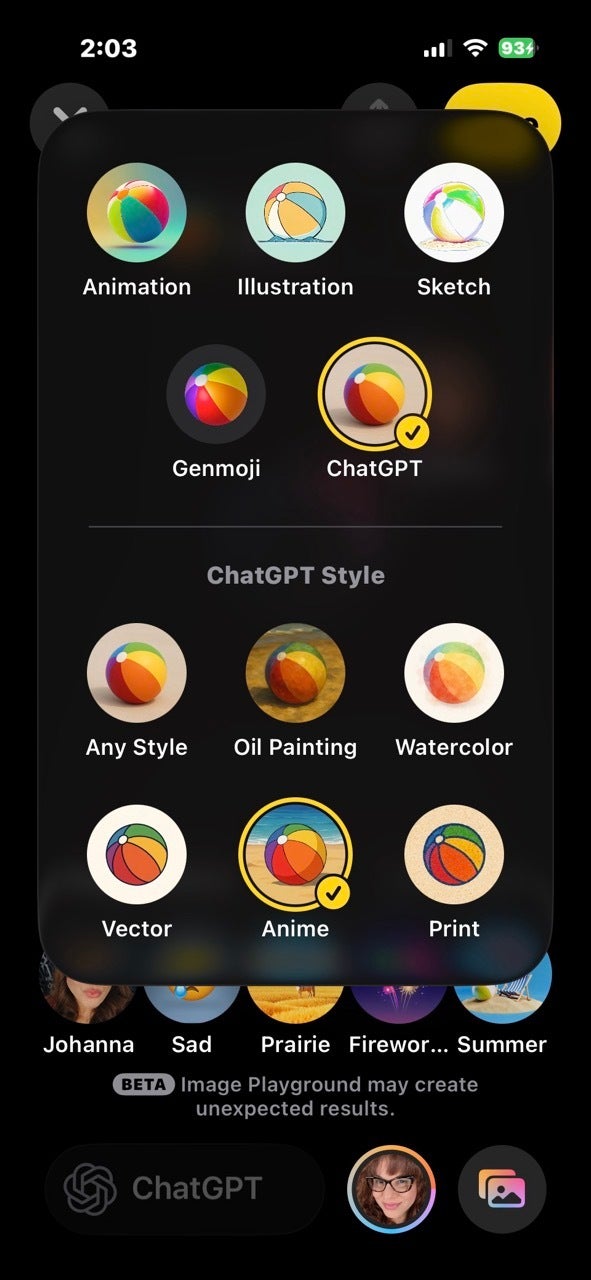
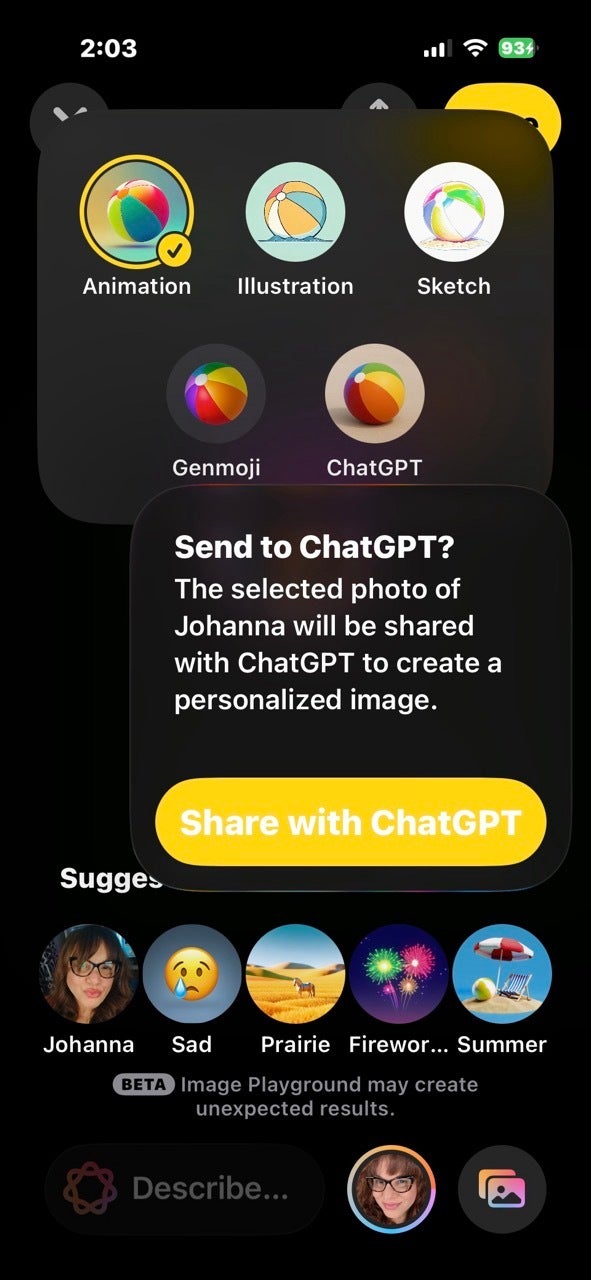
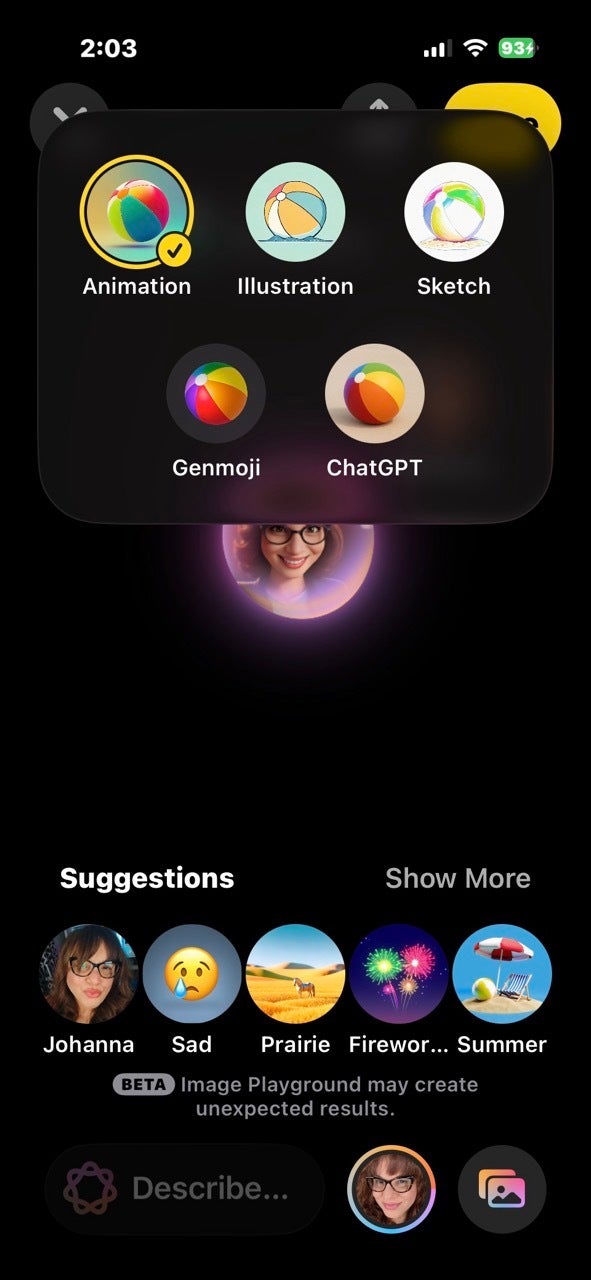

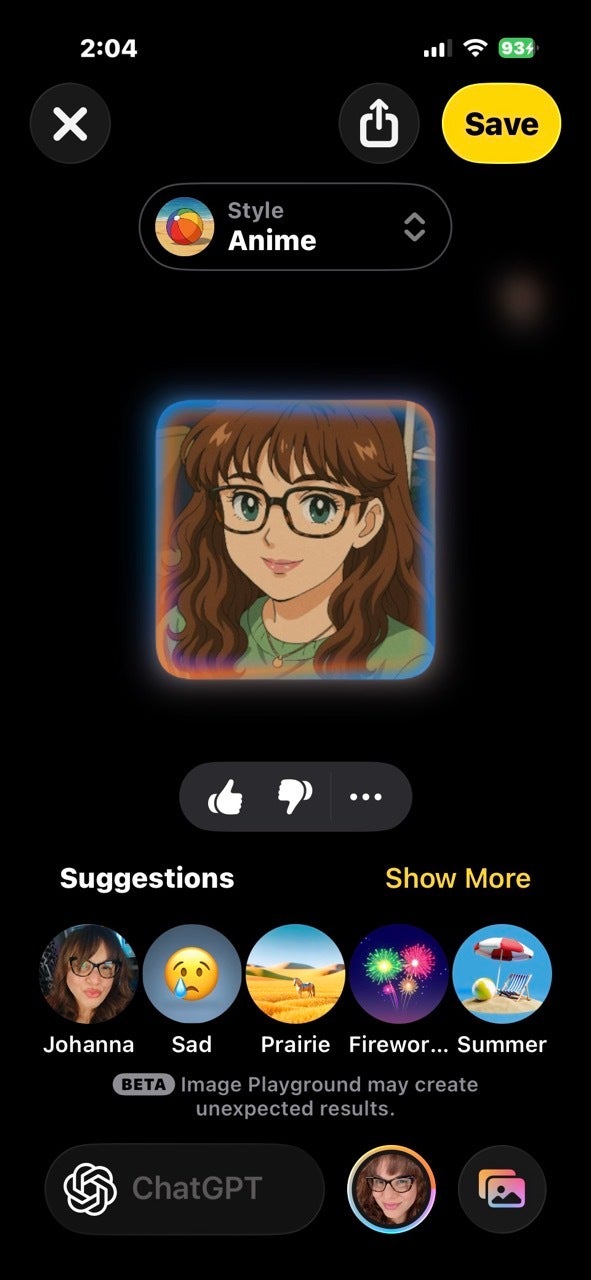
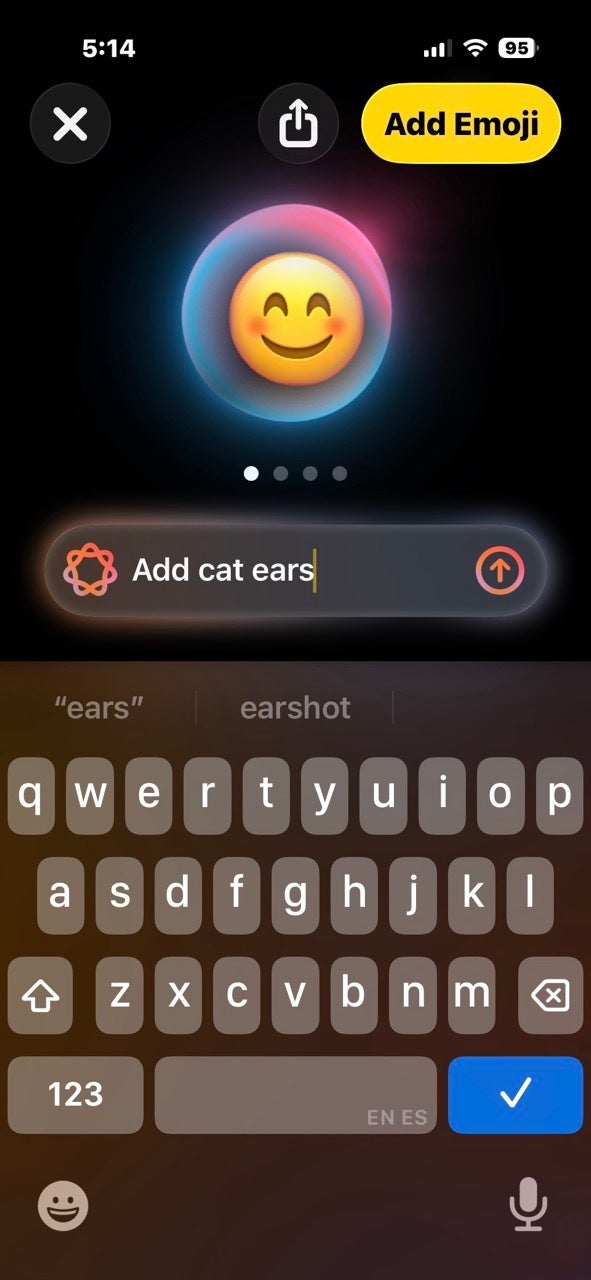


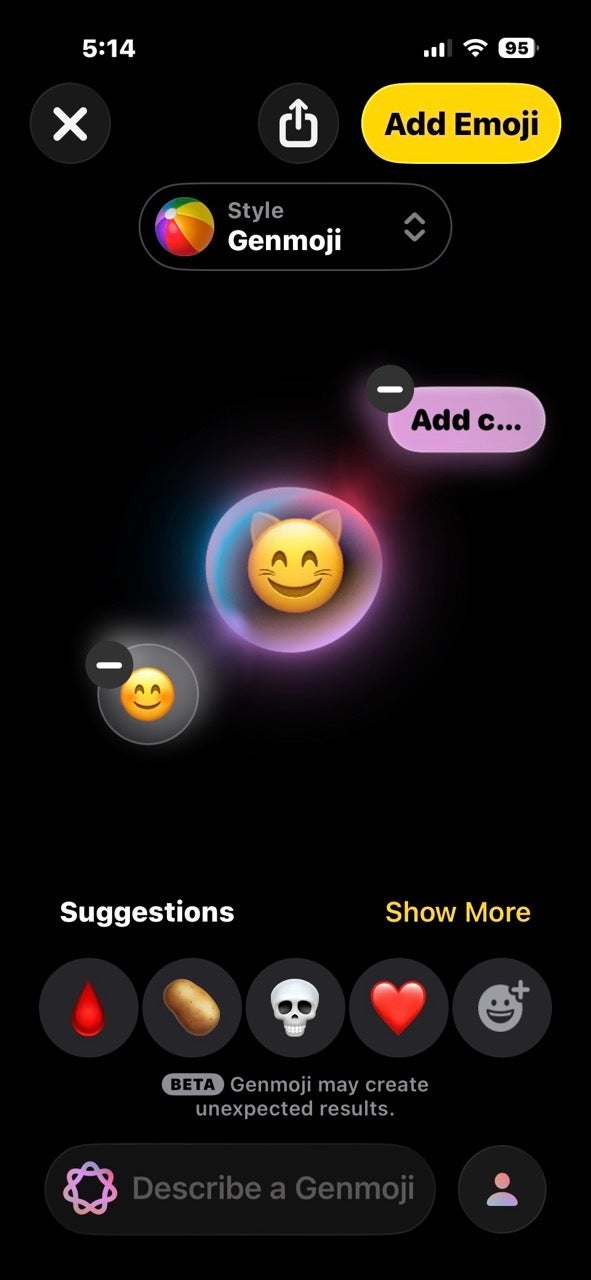


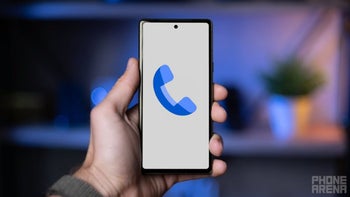
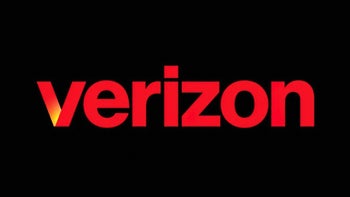

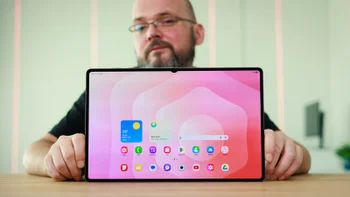


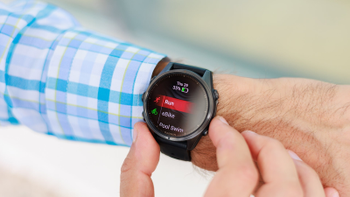
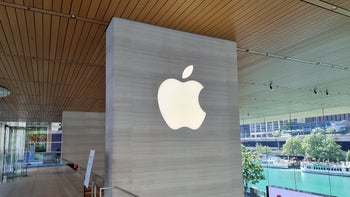
Things that are NOT allowed:
To help keep our community safe and free from spam, we apply temporary limits to newly created accounts: